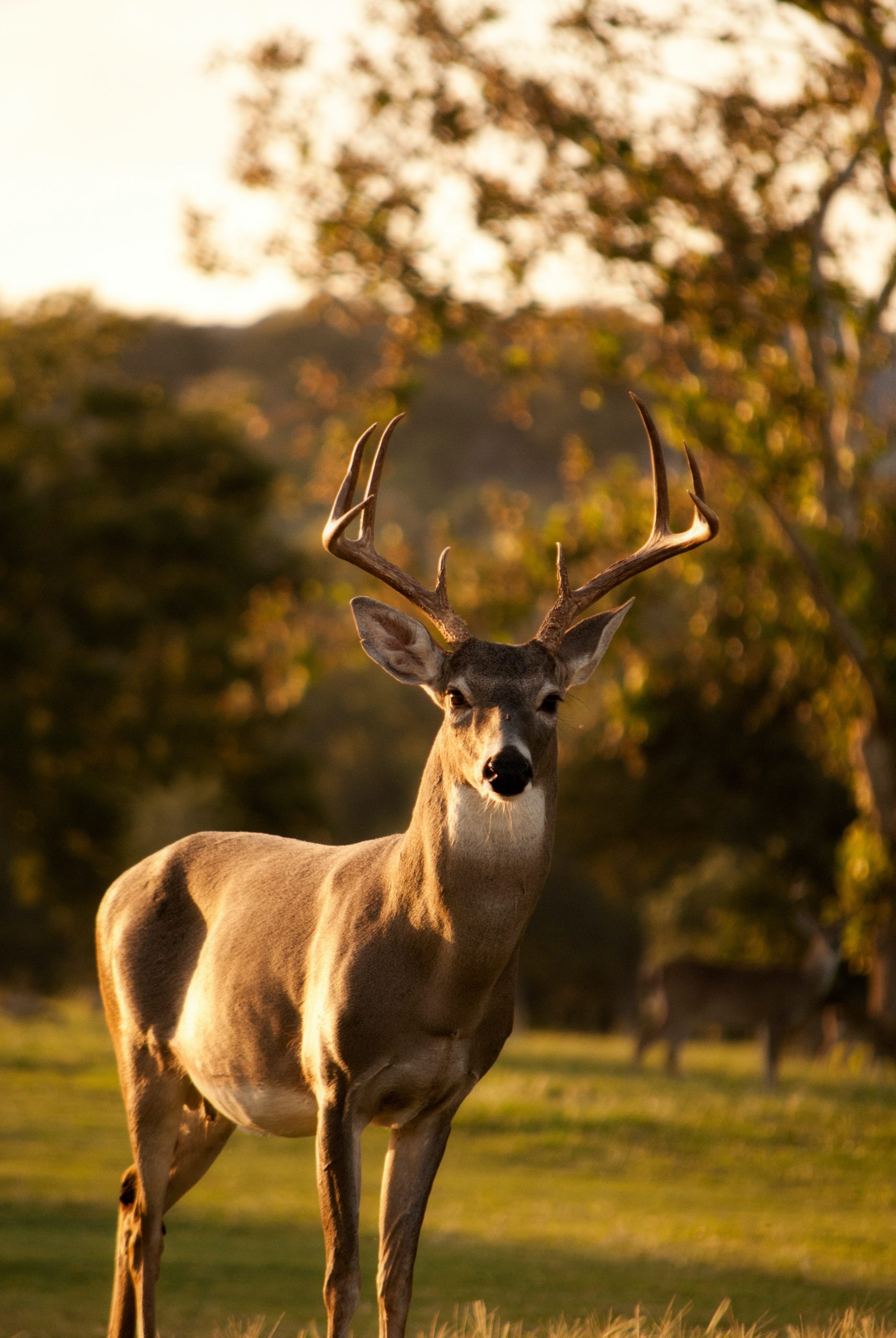Deer are resilient animals that have evolved over millions of years to adapt to the elements of nature. They are capable of withstanding harsh weather conditions, and their survival instincts kick in when the going gets tough. Extreme weather, be it hot or cold, wet or dry, can pose significant challenges to deer populations, but they have developed a range of adaptations that allow them to cope with even the harshest of conditions.
Deer have a wide range of physical and behavioral adaptations that help them survive in extreme weather conditions. In cold climates, deer have thick coats of fur that insulate them against the cold, and they are also able to reduce their metabolism and conserve energy during periods of low food availability. Additionally, their hooves are uniquely designed to provide traction on ice and snow, enabling them to traverse even the most treacherous terrain.
In warmer climates, deer have a number of mechanisms to help them cope with the heat. They are able to dissipate heat through their large ears, which are covered in a network of blood vessels that act as radiators, releasing heat into the environment. Deer also sweat through their hooves, which helps to cool their body temperature. Additionally, deer are known to be crepuscular, meaning they are most active at dawn and dusk, when temperatures are cooler.
Climate change is posing new challenges for deer populations, as the world’s climate becomes more extreme and unpredictable. In recent years, we have seen a rise in the frequency and severity of extreme weather events, including heat waves, droughts, and severe winter storms. These events can have significant impacts on deer populations, affecting their food sources and habitat.
Conservationists and researchers are working to better understand how deer populations are responding to these challenges, and what we can do to help them adapt. Some of the strategies being explored include planting food plots to provide supplemental nutrition during periods of low food availability, and creating new habitats for deer in areas that are predicted to be more resilient to climate change.
In conclusion, deer have developed a range of adaptations that allow them to survive in extreme weather conditions. However, the challenges posed by climate change are putting increasing pressure on deer populations, and we must work to ensure that they are able to adapt to these changing conditions. Through research, conservation efforts, and habitat restoration, we can help to ensure that these graceful animals continue to thrive for generations to come.




